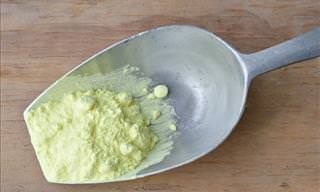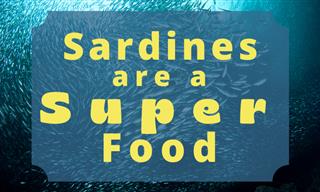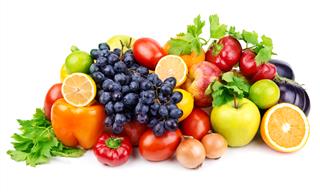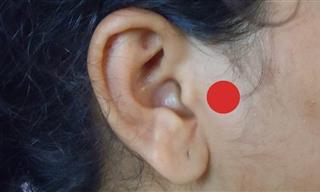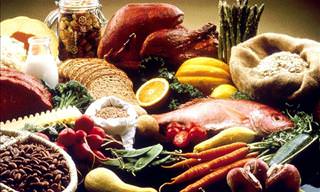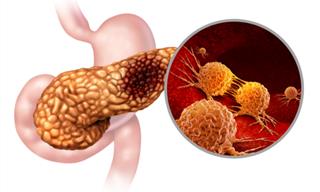Migraines are frequent and extremely strong headaches that can severely limit those who suffer from them. This is a very common disorder, which affects 15% of the world's population. The prevailing view is that there is nothing to be done about migraines, but this is a mistake and the problem can certainly be dealt with. Apart from medical care, you can also make a few simple lifestyle changes to reduce your risk of headaches.
About 15% to 60% of migraine sufferers suggest that there are certain foods that trigger this acute nuisance, and indeed these foods have been shown to be possible causes of migraine pain, both in terms of frequency and severity of the attack. In the following list, we will present some 16 of the foods found to be related to the onset of migraines; Not all of them will necessarily cause headaches in all those who suffer from the disorder, but you have to keep an eye on what you put into your mouth and learn what foods to avoid in order to live a healthier and more peaceful life.
1. Beans
One of the substances that most strongly affects headaches is tannin, a plant-based acidic substance found in several different types of fruits and vegetables, especially in peels and puts. Almost all kinds of beans - from green beans to Snow peas - contain this compound, as well as other legumes such as peas and lentils, although in lower quantities.
2. Pickles
The acid concentrations and doses of the tyramine found in pickles were found to be related to severe headaches and nausea that sometimes arise during migraine attacks. Note that this warning applies to all types of pickled foods including kimchi (Asian pickles), Kombucha, okra, pickled peppers and more.
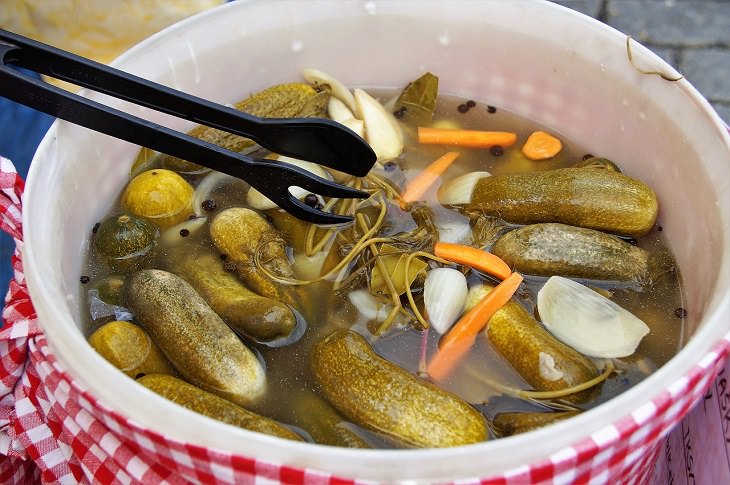
3. Hot peppers
Capsaicin - which is abundant in peppers, as well as in a large number of other spicy foods - is an organic compound that creates the sensation of sharp taste on the tongue. Capsaicin is such a powerful substance in its ability to produce headaches, that it is even used in many studies that want to stimulate migraines deliberately for assessment and learning purposes.
4. Olives
The olive flesh and its outer skin contain the aforementioned tyramine compound, which is a byproduct of certain amino acids and acts in a similar way to the neurotransmitters in our brain - the molecules whose function is to transmit messages and substances in the body’s nervous system. An excess of this substance can cause migraine symptoms to appear, as demonstrated in a study conducted at the Royal Hospital in London, as well as a study conducted at the University of Washington in Seattle.
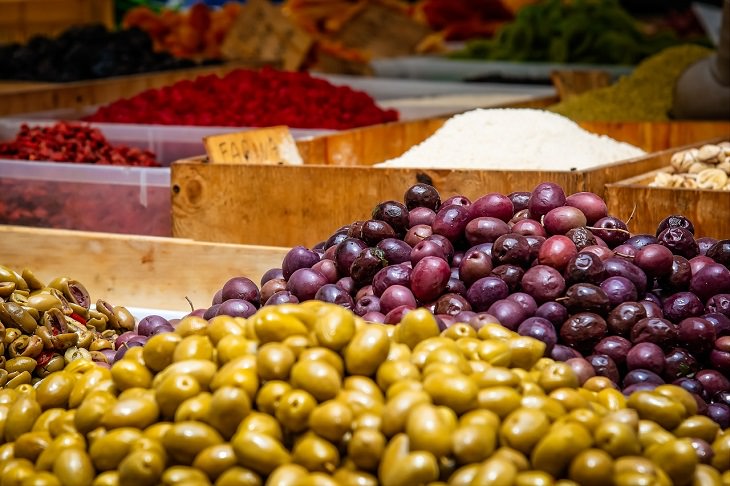
5. Dried fruits
Dried fruits contain, relatively speaking, very large amounts of sulfates, which have been used to preserve foods for centuries. In recent years, there has been a growing awareness of the link between sulfates and the appearance of migraines. Among other reasons, this may be due to the fact that these compounds increase oxidative stress in the body, as has been shown in several studies, including one published in 2005.
6. Avocado
Although avocado is considered one of the healthiest foods that migraine sufferers are advised to stay away from when they experience headaches. Like olives, avocados also contain enough tyramine to significantly increase the amount of time that migraine headaches are experienced, as well as their strength. In addition to avocado, you should know that plums also contain problematic tyramine.
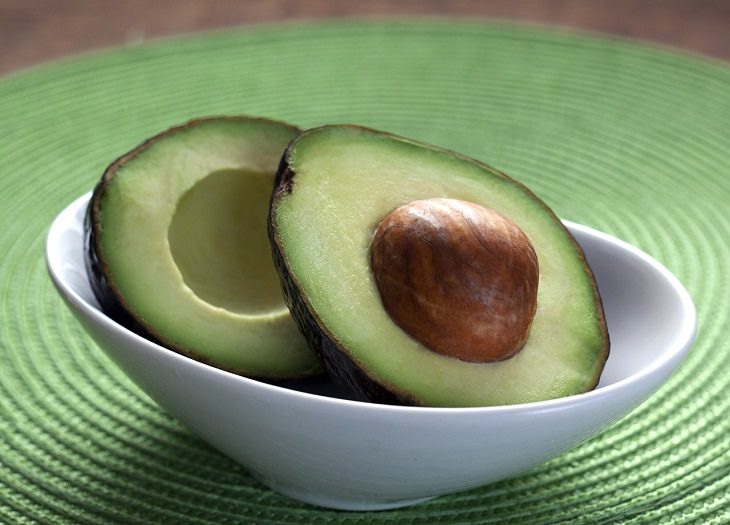
7. Bananas
In addition to tyramine, which is found in Cavendish bananas, bananas also contain histamines (what causes allergies), which can lead to a migraine as well due to the connection between the two medical problems and the immune system, as found in a study published in 2003.
8. Citrus fruits
Citrus fruits are considered to be the healthiest because of their exceptional vitamin content, but for migraine sufferers, citrus fruits can be dangerous. Like bananas, citrus fruits also contain tyramine and histamines that can trigger a migraine attack.
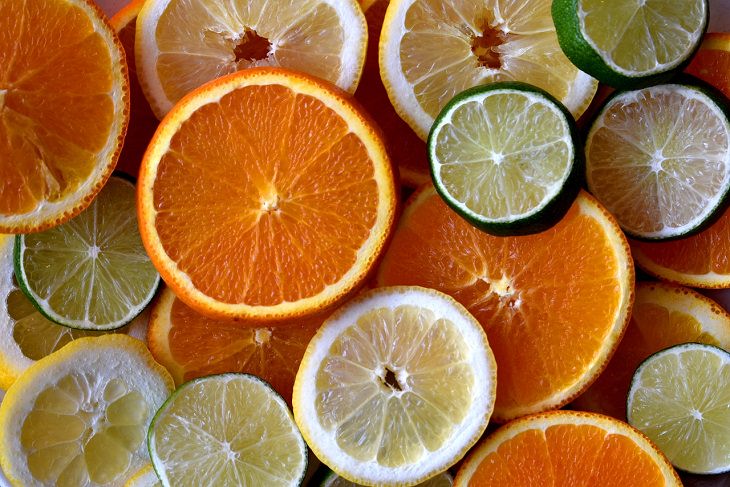
9. Pastries made with yeast
Pastries made with yeast contain a component called coumarin which causes migraines. This component is what also gives these pastries their yeasty scent, however, it has been known for years as something that triggers migraines.
10. Processed meat
Processed meats, such as sausages, hot dogs and hamburgers from fast food restaurants, also contain tyramine, as well as sodium nitrate - two substances that according to various studies cause changes in brain chemicals leading to headaches and migraines. In addition, the processed meats also contain a relatively large amount of preservatives, which of course doesn’t contribute to calming the situation rather only intensifies it. It should be noted that a study conducted in 2012 found a direct and significant relationship between the consumption of red meat and the appearance of migraines.
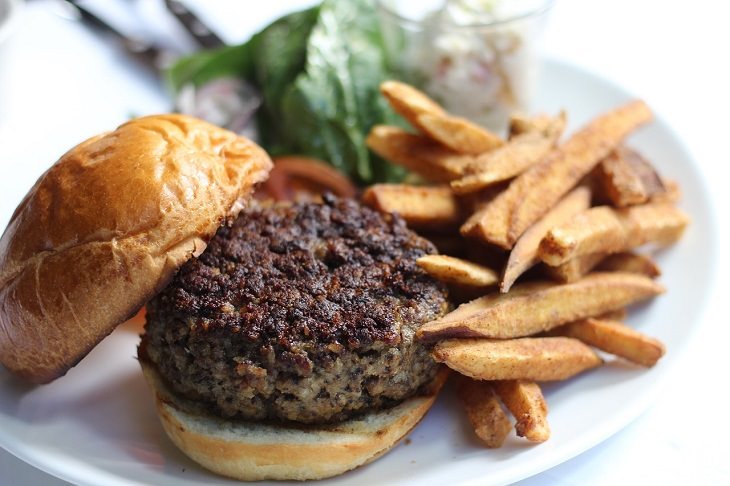
11. Aged cheese
When aged cheeses are made (Roquefort, Steelton, Berry, etc.), their tyramine content naturally increases, which is caused by the protein's decomposition over time. The older the cheese, the higher the tyramine content; Therefore, although they are considered a delicacy because of their strong aroma and special textures, aged cheeses are not recommended for people suffering from migraines.
12. Sour cream
Choline is a natural ingredient found in sour cream and serves as an essential building block of several molecules with different functions in the body. Despite the importance of choline, several studies have found a clear link between the consumption of foods containing it, such as sour cream, and an increase in the frequency of headaches.
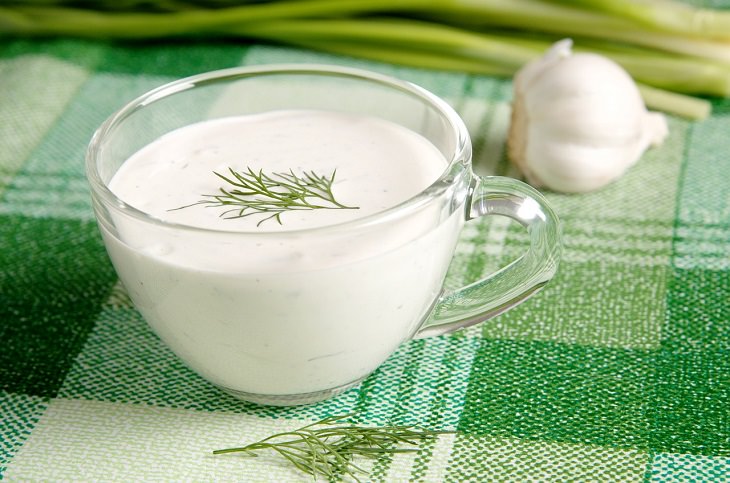
13. Milk and dairy products
As is understood from the previous sections, milk and its by-products have an effect on the appearance and severity of migraines. In a study published in 1983 among a sample of 48 people with migraines or asthma attacks, 70% reported that removing dairy products from their diet caused a significant improvement and alleviation of migraine headaches.
14. Alcoholic beverages
Drinking excessive amounts of alcohol has always been associated with the appearance of dizziness and headaches of varying degrees of severity, but it is important to know that migraine sufferers should stay away from alcoholic beverages in general - because its various components, including tyramine, encourage and stimulate the onset of the phenomenon. It should also be noted that among the existing drinks, red wine is considered a major trigger, as was shown in a study conducted at the Queen Charlotte Hospital in London, due to its tannin content.

15. Monosodium glutamate
Monosodium glutamate, also known as MSG, is a chemical that can improve and sharpen flavors. The use of monosodium glutamate is mainly in Chinese cuisine, but also in canned and instant-prep foods. MSG is known as one of the fastest migraine triggers because it causes blood vessel contraction in the brain and can lead to the release of nitrogen oxide which causes headaches to appear. Therefore, those suffering from migraines should stay away from foods containing it.
16. Artificial sweeteners
We often reach for artificial sweeteners when we want to lose weight or just cut our sugar intake. Beyond the fact that it causes more harm than good, migraine sufferers are advised not to touch any of the various artificial sweeteners, because they contain exotoxins - toxins that cause the neurons that make up our brain to fire signals at an increased rate, a condition which also characterizes a migraine attack.
 Go to BabaMail
Go to BabaMail











